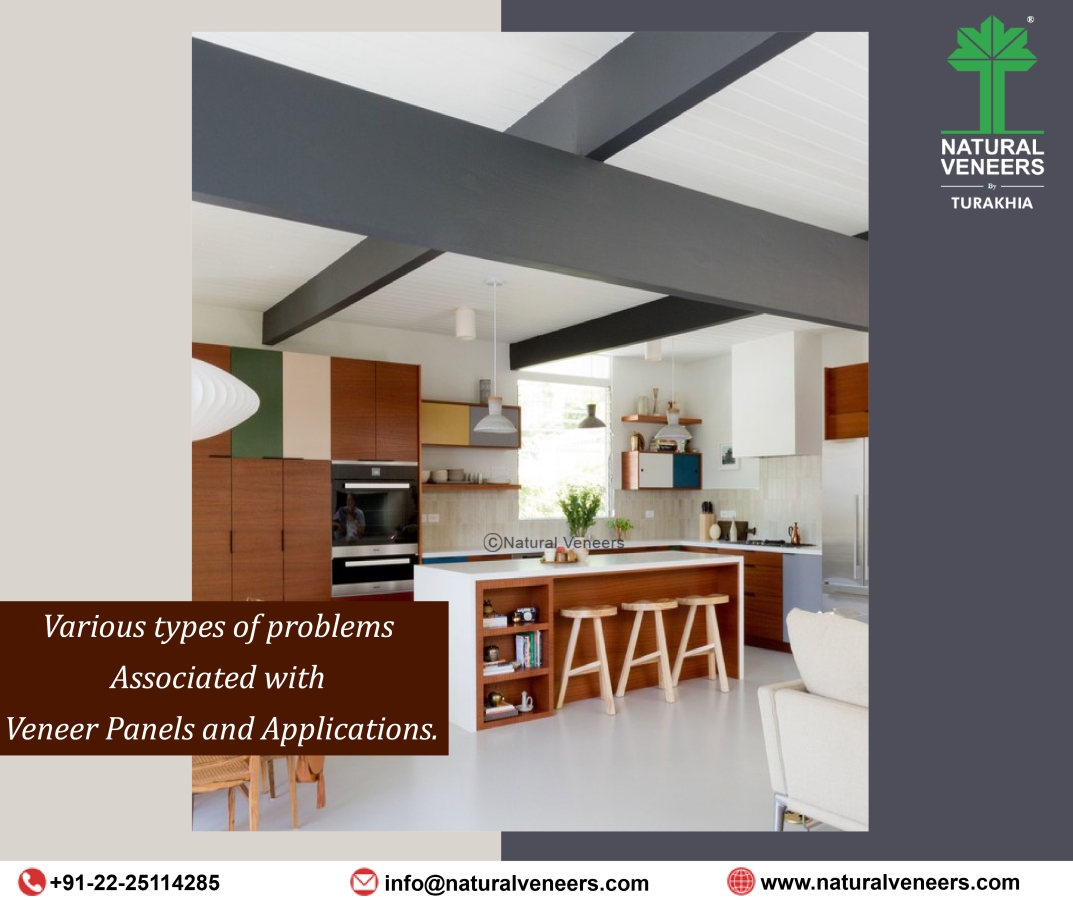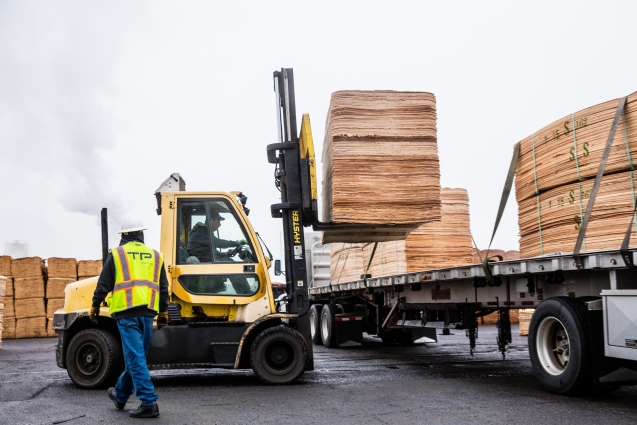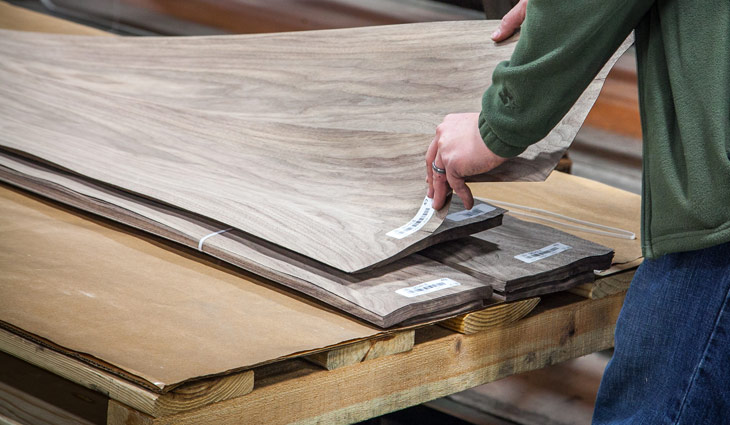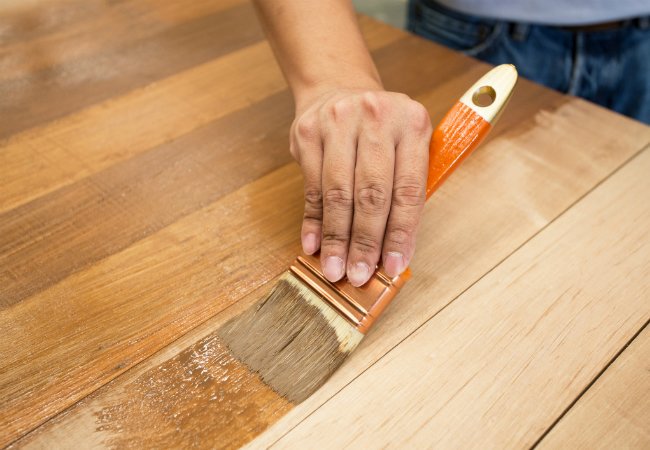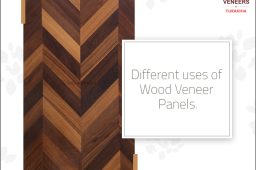Various Types Of Problems Associated With Veneer Panels & Applications
- June 14, 2019
- by
- Team Natural Veneers by Turakhia
If you are a veneer user, you may already know some problems and pitfalls of veneer panels and applications. But chances are, there are still some mistakes you or your clients may not be aware of. These might cost you time, money, and aggravation.
We’ve put together a comprehensive list of common and not-so-common problems associated with veneer panels & applications from the design phase through the purchase of the actual veneer.
Our goal is to arm you with the knowledge you need to make the right veneer buying decisions. By being better prepared, you will have a piece of mind while saving time and money, and can also be careful to avoid any kind of damage during its transfer from the warehouse to the site and also during its application.
This guide is for designers, contractors, and end-users who want to avoid common veneer problems and ensure long-lasting, high-quality finishes. We’ll explore typical issues, their causes, prevention strategies, and best practices for flawless veneer applications.
Mishandling in Veneer Warehouses
Improper storage and handling of veneer sheets can result in scratches, dents, warping, or moisture damage. Common mistakes include:
- Stacking sheets unevenly
- Dragging or sliding veneers on rough surfaces
- Storing in humid or wet areas
Prevention Tips:
- Store veneers flat in a dry, ventilated, and covered area
- Use soft separators or paper between sheets to avoid surface marks
- Avoid placing heavy objects on top of stacked sheets
Cutting Errors at the Site
Incorrect cutting techniques are a major source of veneer wastage and defects. Chipped edges, splintering, or uneven cuts often occur due to:
- Using dull or inappropriate blades
- Lack of support during cutting
- Rushing the cutting process
Prevention Tips:
- Take precise measurements and cut slowly to reduce stress on the veneer
- Always use sharp, high-quality blades suited for veneer
- Place a supportive backing board under the sheet
Poor Veneer Coating & Finishing
The final look and durability of veneer depend heavily on proper coating and finishing. Common issues include peeling, uneven gloss, or discoloration caused by:
- Skipping sanding or cleaning steps
- Using low-quality sealers or finishes
- Applying coats too thickly or unevenly
Prevention Tips:
- Apply thin, multiple coats rather than one thick layer
- Sand veneers evenly before coating
- Use professional-grade sealers and topcoats
Lack of Proper Veneer Care
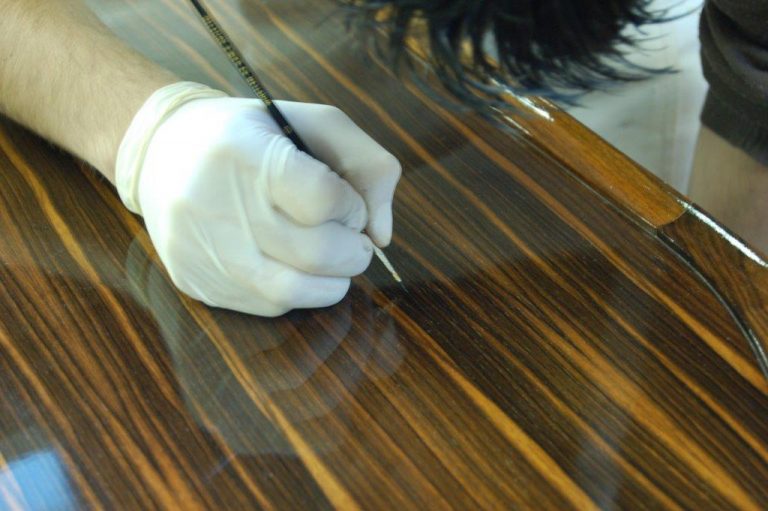
Certain veneers, especially character veneers like burl, crotch, or knotty varieties, require careful handling. Rough polishing, high heat, or improper maintenance can cause cracks, surface defects, or fading.
Prevention Tips:
- Regularly inspect and maintain veneers to preserve beauty
- Follow veneer-specific polishing instructions
- Avoid excessive heat, moisture, or abrasive cleaners
How to Prevent These Veneer Issues
- ✔ Train teams on safe handling and storage
- ✔ Use professional-grade cutting and polishing tools
- ✔ Understand the type of veneer before installation
- ✔ Choose high-quality coatings and sealers
- ✔ Inspect sheets for defects before application
By implementing these practices, you can avoid costly mistakes and extend the life of your veneer panels.
Conclusion
Avoiding common veneer problems starts with correct handling, accurate cutting, proper finishing, and timely maintenance. With professional practices and high-quality materials, every veneer panel can retain its beauty and functionality for years.
For expert guidance and premium veneer products, trust Natural Veneers by Turakhia to help you achieve flawless applications every time.


























